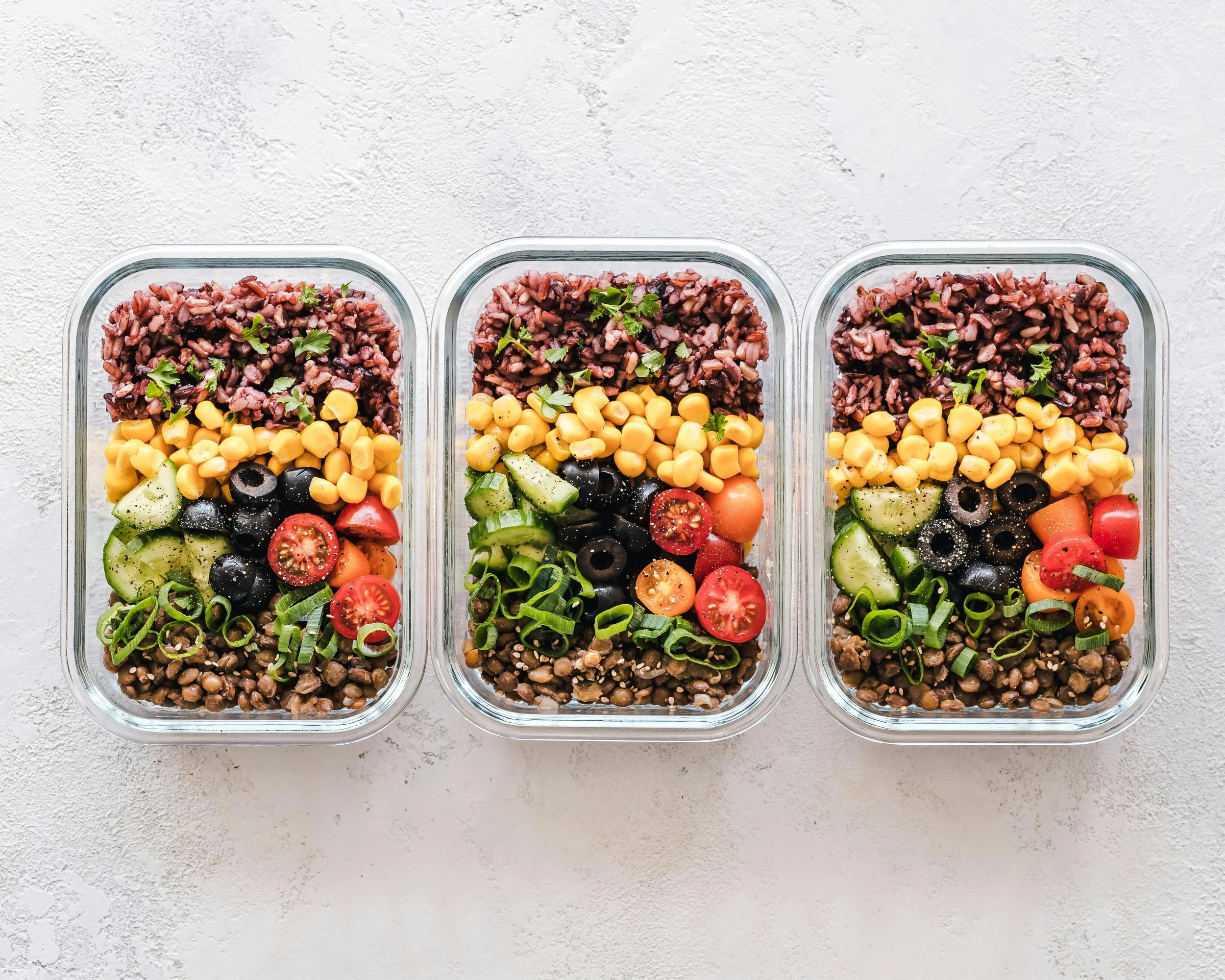The Power of Carb Cycling: A Game-Changer for Fat Loss & Performance
Carb cycling is more than just a diet trend—it’s a strategic nutritional approach designed to enhance fat loss, optimize muscle growth, and sustain energy levels. Unlike rigid diets that drastically cut or overload carbs, carb cycling allows you to manipulate your intake based on your body’s needs. This makes it a dynamic tool for those looking to maintain performance while achieving their fitness goals.
In this guide, we’ll explore the lesser-known benefits of carb cycling, how it affects different body systems, and why it can be a sustainable approach for long-term health and fitness.
Understanding Carb Cycling
At its core, carb cycling involves alternating between high-carb, moderate-carb, and low-carb days throughout the week. The timing and structure of these cycles depend on individual goals, physical activity, and metabolic responses. However, what makes carb cycling unique is how it interacts with hormones, brain function, and overall metabolic health beyond just fat loss.
The Science Behind Carb Cycling’s Effectiveness
While most discussions about carb cycling focus on weight management, there are deeper mechanisms at play. Let’s explore some of the unique ways carb cycling impacts the body.
1. Boosts Cognitive Function & Mental Clarity
Carbohydrates influence brain activity and neurotransmitter production. On high-carb days, serotonin levels rise, promoting feelings of well-being and relaxation. Low-carb days, on the other hand, increase the production of ketones, which are known to enhance mental clarity, focus, and productivity. This dual benefit makes carb cycling a great option for those looking to optimize both physical and cognitive performance.
2. Enhances Gut Health & Digestion
Varying carbohydrate intake influences gut microbiota composition. High-carb days provide prebiotic fibers that support gut bacteria, while low-carb days give the digestive system a break, reducing bloating and inflammation. This balance can improve digestion and nutrient absorption over time.
3. Regulates Blood Sugar Levels & Prevents Energy Crashes
One of the biggest issues with high-carb diets is the risk of insulin spikes followed by energy crashes. Carb cycling helps regulate blood sugar by alternating between insulin-stimulating and insulin-stabilizing phases. This prevents sudden spikes and dips in energy, keeping you feeling steady and strong throughout the day.
4. Optimizes Sleep Patterns
Did you know that your carb intake can affect sleep quality? High-carb days promote the production of melatonin, which aids in better sleep. Conversely, low-carb days encourage a steadier release of adrenaline and cortisol, which can be beneficial for morning alertness but should be avoided too close to bedtime. Understanding when to schedule your carb intake can lead to improved rest and recovery.
5. Prevents Muscle Breakdown During Fat Loss
Many fat-loss diets lead to muscle loss due to prolonged calorie deficits. Carb cycling helps prevent this by strategically refueling glycogen stores, reducing cortisol levels (which can break down muscle tissue), and supporting muscle protein synthesis. This makes it an ideal approach for those aiming to lose fat while maintaining a lean, toned physique.
How to Structure Your Carb Cycling Plan
If you’re ready to implement carb cycling, here’s a different take on how you can structure it based on lifestyle and personal preferences:
Method 1: The Weekly Split
This method divides the week into different carb phases:
3 High-Carb Days: Typically on intense training days.
2 Moderate-Carb Days: Used on moderate workout or active recovery days.
2 Low-Carb Days: Ideal for full rest or light activity days.
Method 2: The Performance-Based Approach
For those with performance goals, adjusting carbs based on energy needs is key:
High-Carb Pre-Workout: If you’re training for endurance or heavy lifting, eat more carbs before training.
Low-Carb Post-Rest Days: Keep carb intake lower after recovery days to keep fat loss in motion.
Refeed Days for Recovery: A structured high-carb day every 10-14 days can help maintain metabolic efficiency.
Food Choices That Make a Difference
When carb cycling, choosing the right quality of carbohydrates is crucial. Consider the following:
Best Choices for High-Carb Days:
Legumes (lentils, chickpeas, black beans)
Whole fruits (bananas, berries, apples)
Whole grains (buckwheat, farro, barley)
Starchy vegetables (squash, carrots, beets)
Best Choices for Low-Carb Days:
Leafy greens (kale, spinach, arugula)
Cruciferous vegetables (broccoli, cauliflower, Brussels sprouts)
Healthy fats (olive oil, nuts, avocados)
Protein-rich foods (eggs, fish, lean meats, tofu)
Who Can Benefit the Most from Carb Cycling?
Carb cycling isn’t just for athletes or bodybuilders. It can be beneficial for:
People with insulin resistance: Helps improve blood sugar control.
Those with metabolic syndrome: Can support better hormonal balance.
Busy professionals: Aids mental clarity and sustained energy throughout the day.
Women with hormonal imbalances: Can support thyroid function and menstrual cycle regulation when done correctly.
Common Myths About Carb Cycling
Before you start carb cycling, let’s clear up a few misconceptions:
Myth 1: You need to cut carbs completely on low-carb days. False. Low-carb doesn’t mean zero carbs—it means reducing intake while focusing on fiber-rich vegetables and proteins.
Myth 2: High-carb days equal unlimited junk food. Not at all. High-carb days should still prioritize nutrient-dense foods over processed sugar and refined grains.
Myth 3: It’s only for advanced athletes. Carb cycling can be tailored to any fitness level, from beginners to elite professionals.
Conclusion
Carb cycling is a powerful and flexible nutrition strategy that goes beyond weight loss. From enhancing cognitive function and gut health to regulating blood sugar and improving sleep, its benefits are far-reaching. The key is to tailor your approach based on your personal goals, activity level, and overall lifestyle.
By learning how to manipulate carbs strategically, you can fuel your workouts, boost mental performance, and support long-term health—all while enjoying a sustainable and balanced way of eating. If you’re ready for a smarter approach to nutrition, carb cycling might be the game-changer you’ve been looking for!
Join our Facebook Community RESTORE Yourself to walk with others learning to be free.
In joy, light, and health,
Coach Rebecca







